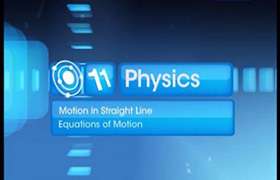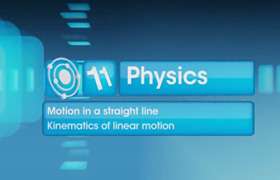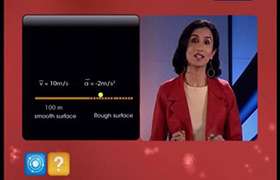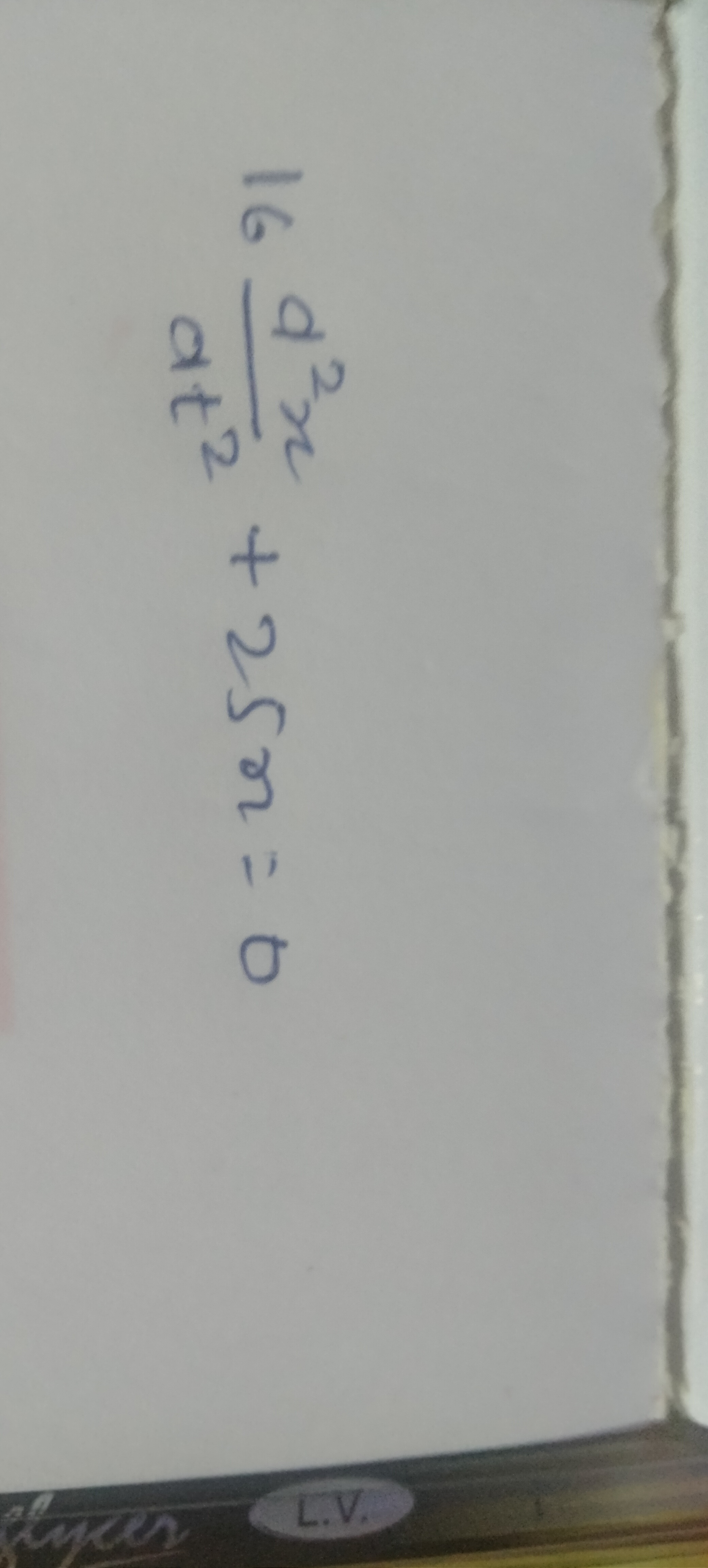CBSE Class 11-science Answered
Two cars A and B are moving in same direction with velocities 30 m/s and 20 m/s respectively.when car A is at a distance d behind the car B, the driver of car A applies brakes producing uniform retardation of 2 m/s square . there will be no collision when -
a)d is lesser than 2.5 m
b)d is greater than 125 m
c)d is greater than 25 m
d)d is lesser than 125 m
Asked by Sayoni Maiti | 04 Jun, 2014, 10:39: AM
For no collision the velocity of A must reduce to that of velocity of B.
VA = 30 m/s , VB = 20 m/s , a = - 2 m/s2
i.e. the relavitive final velocity of A with respect to B must be 0. Vr = 0
The relative initial velocity of A with respect to B is ( VA-VB )
The relative acceleration of A with respect to B is (-a - 0 ) = - a
Using the equation : v2= u2+ 2as
0 = ( VA-VB )2 + 2 × -a × s'
s' = ( VA-VB )2 / 2 a
= (30-20) 2 / 4
=25 m
Hence no collision occurs when d is greater than 25 m
Answered by Jyothi Nair | 04 Jun, 2014, 04:56: PM
Concept Videos
CBSE 11-science - Physics
Asked by om636694 | 04 Mar, 2024, 09:10: PM
CBSE 11-science - Physics
Asked by dhanapolla | 28 Jan, 2024, 10:40: AM
CBSE 11-science - Physics
Asked by santoshyadav6673633 | 26 Jan, 2024, 04:55: PM
CBSE 11-science - Physics
Asked by klvnsnthl | 25 Dec, 2023, 07:50: PM
CBSE 11-science - Physics
Asked by neerajchaurasiya651 | 10 Dec, 2023, 09:32: PM
CBSE 11-science - Physics
Asked by debasishbarik2006 | 17 Nov, 2023, 07:03: PM
CBSE 11-science - Physics
Asked by udayanmazumder079 | 13 Jul, 2023, 09:21: PM
CBSE 11-science - Physics
Asked by sahamamoni597 | 27 Jun, 2023, 01:00: AM
CBSE 11-science - Physics
Asked by sumityadv5665 | 24 Dec, 2022, 02:36: PM
CBSE 11-science - Physics
Asked by adityajaiswal80551 | 18 Dec, 2022, 06:29: PM






